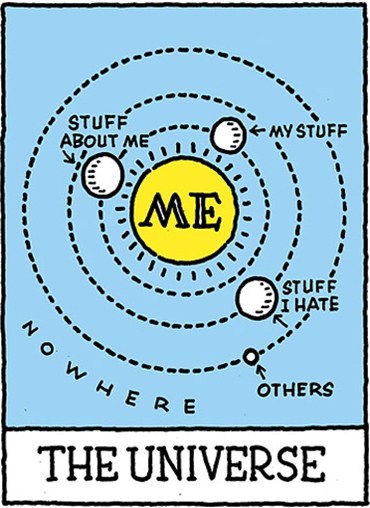
This purpose of this article is to give commercial borrowers insight into how lenders evaluate commercial loans, and what makes them decide to issue terms, underwrite and fund. Keep in mind that if the lender finds “problems” with your deal, or your deal is hard to understand, or hard to evaluate, the answer is likely, “No.”
Most people think they are the center of the Universe. And when they approach a lender for a commercial mortgage, they tout all of the great aspects of the property or project — for them! In order to be funded in today’s economic environment, borrowers must understand that it’s not about them. The lender is also asking the question, “What’s in it for me?”
Character
Character refers to a lender’s assessment of a borrower’s general trustworthiness, credibility, and even personality. Lenders want to lend to people who are responsible and keep commitments. Back in the day, this was the most important determination of credit-worthiness and bankers would seal a deal with a handshake.
Today, lenders mostly form their opinion of an individual’s character from looking at their credit history as provided by the three major credit bureaus. Factors on the credit report that can create a negative impression include:
- Late payments
- Bankruptcies
- Foreclosures
- Tax liens
- Delinquent accounts
- Excessive use of credit
Other issues, such as failure to pay taxes, judgments against the individual, other loans in default, will also adversely affect a person’s reputation as a borrower. Lenders may also look as an individual’s professional credentials, resume, references and letters of explanation to form their overall opinion of the borrower as a person.
Capacity to Repay
Capacity refers to the ability of the business to repay the debt. Lenders look first to the business, or entity holding the real estate, and secondarily to outside sources, such as the business owner’s personal liquidity. Lenders also refer to this as debt service coverage.
With an existing business, the lender will look at historical patterns of revenue against recurring debt, such as another mortgage. With a new business, the risk is higher, as the lender must rely on the borrower’s projections.
Since lenders are digging into financial metrics here, it’s best to have your personal financial statement and the business’s historical profit & loss statements in order; as well as your projections. Lenders will examine existing debt coverage, liquidity, cash flow, rent rolls, the length of leases, proposed improvements, etc. and compare them to market averages.
Capital
Capital refers to both the capital assets of an existing business and the amount of money invested by the business owner or management team. . A large contribution by the borrower decreases the chance of default. Most lenders are not willing to take 100% of the financial risk, so they require borrowers to have some “skin in the game.”
If you are financing an owner-occupied business, capital assets might include machinery and equipment for a manufacturing company, as well as product inventory, or store or restaurant fixtures. Banks consider capital, but with some hesitation, because if your business folds, they are left with assets (other than the real estate) that have depreciated and they must find someplace to sell these assets, at liquidation value. If there are a lot of non-real estate assets, the lender may order a separate appraisal for these.
One measure of a lender’s willingness to take a risk is their measure of “loan to value” (LTV), meaning the percent of the total value of the property and/or business that they are willing to lend against. Government-backed loans, such as SBA, HUD/FHA, etc. are especially attractive because they enable a lender to offer a higher LTV, or require a borrower to have less skin in the game.
Collateral
Collateral refers to the commercial real estate and other assets a business owner pledges to secure a loan. The collateral acts as a backup source of principal repayment if the borrower is unable to repay the loan.
Lenders want commercial real estate investors and business owners to succeed, not fail. Therefore banks may also require personal recourse where the borrower pledges personal assets as well as the real estate, in the case of default. Having personal collateral at risk makes the business owner more likely to work to keep the business going.
CRE Lenders generally require an appraisal performed by an independent third party to assess the value of the property. This provides an objective standard from which to make their lending decision.
Conditions
Some lenders add a fifth “C” to the equation called “Conditions.” This often refers to general conditions of the economy or industry or even the local market. Lenders want to lend to businesses operating under favorable conditions. They want to identify risks and protect themselves accordingly. For example, they are less willing to lend on new construction during an economic downturn or recession. Overall conditions affect the term of the loan, the interest rate charged, and may also affect pre-payment penalties (also called exit fees) and other aspects of the overall loan agreement.
Today, while we are still in an economic transition and recovery from COVID, this facor can be the most important of all.
Sofia Capital Ventures’ Commercial Lending Experts can help you navigate the path to successful commercial mortgage funding. Whether you are a first-time business owner or experienced commercial real estate investor, we can help you position and present yourself in the best light possible. We have a reputation with lenders of providing packages that make the lending decision easier. Let us help you on your path to securing the right commercial loan today. Contact us today for a free loan evaluation.